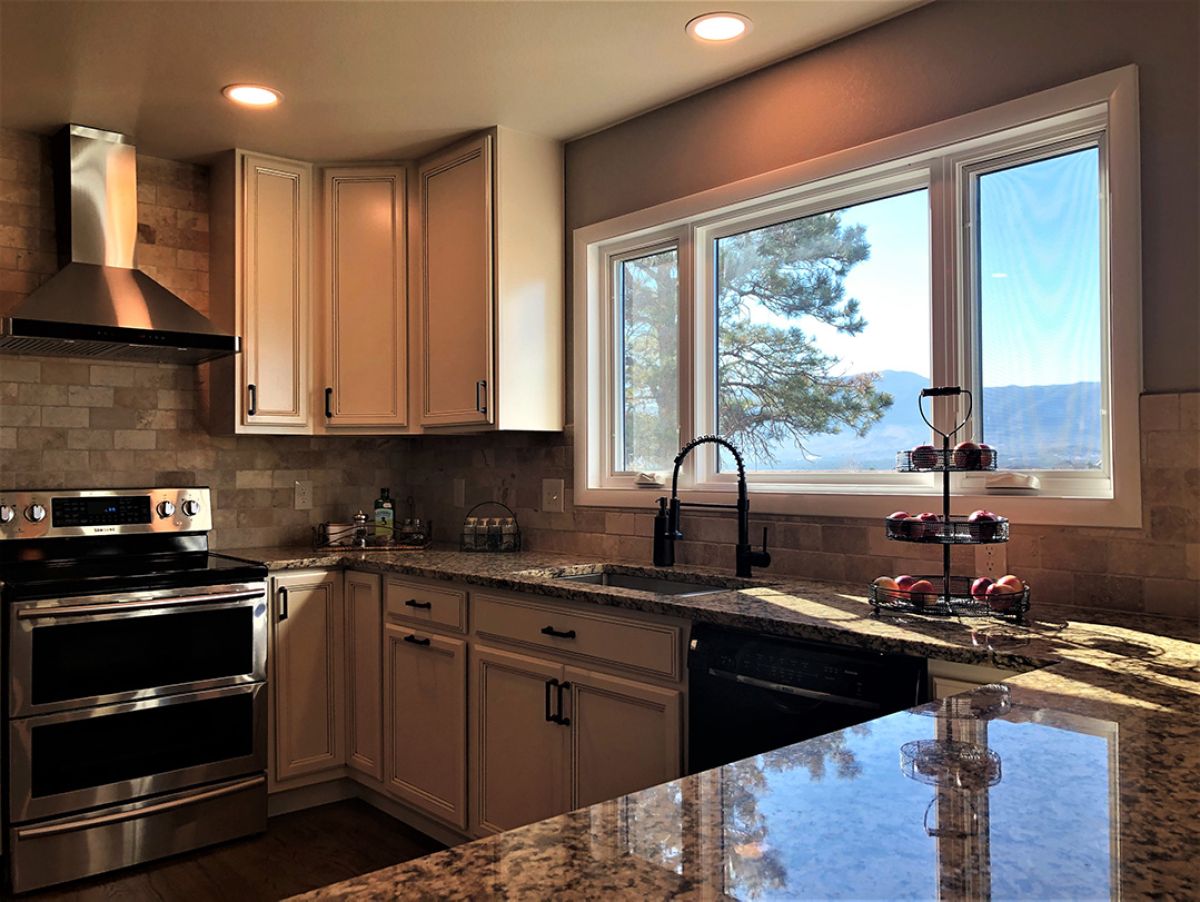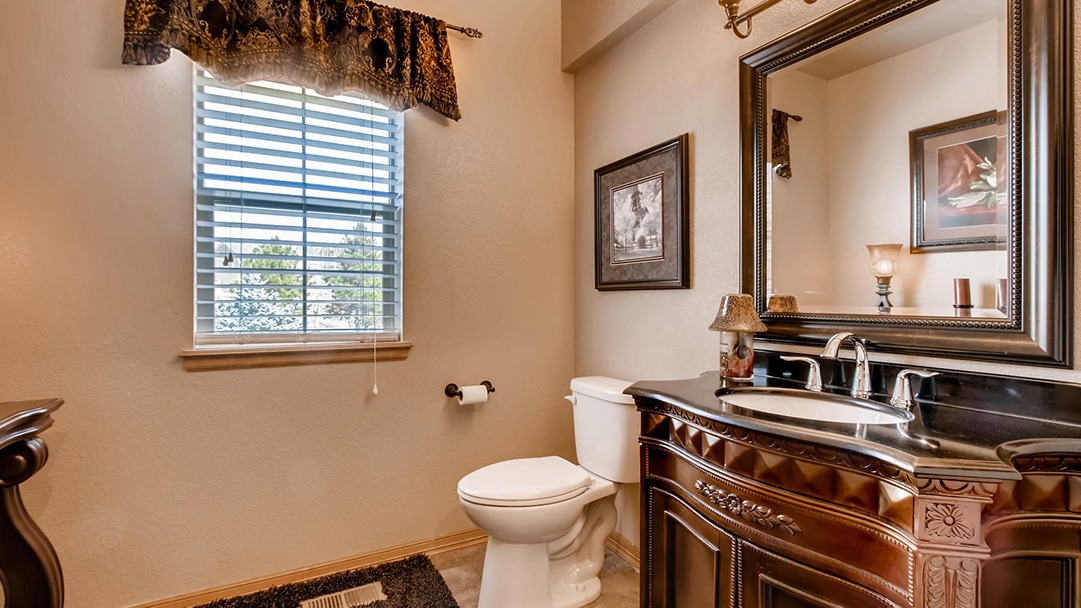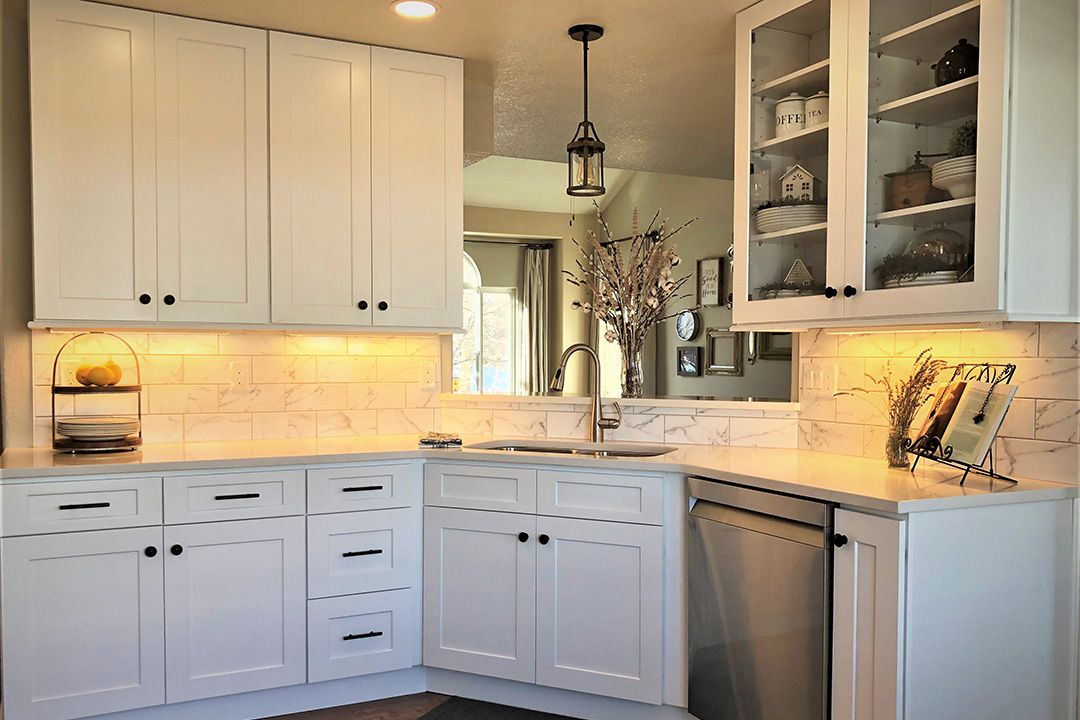
5 Essential Steps to Set a Realistic Budget for Your Home Remodel

Determining your budget during a remodel is a must–and the first real step in moving forward with your renovation.
The explosive housing market in Colorado Springs is turning the idea of remodels into a hot topic. We know that remodeling a home and figuring out finances can be a daunting task, so we’ve come up with a few pointers on how to start. Dreaming about the ultimate remodel and then figuring out what is actually possible–along with the steps on how to get there–is a key in what can feel like a disruptive and chaotic process. Let us help you become prepared and make the most out of your investment in five steps.
Step one: Estimate
- Do some digging.
- Ask a trusted contractor for an estimate and schedule. Is your project realistic? Will it meet code requirements? Remodels take time and money–get several bids from different contractors and know what both will cost you.
- Know the current market value of material. Throughout 2020 and 2021, material cost are on the rise so be prepared.
- Reach out to your friends, family, and neighbors who have done similar projects. Ask what they were charged and if they were happy with the results. Just because someone might get a project done cheaper does not mean the job was done correctly. Doing a remodel is not something you want to bargain shop for. This is your most expensive investment and having a trusted reputable contractor is a necessity.
- Understand these numbers are just a starting point – do not let cost scare you away yet.
- Know the cost vs the value that will be added to your home. While traditional figures are out of whack due to the astounding Colorado Springs housing market, kitchen and bathroom remodels tend to recoup investment costs, whereas basements and living areas tend to recoup 80% of their value. Of course, each home and situation are different – and with the market so hot right now, most investment are being recovered. It’s important to consult with your financial advisor and a licensed appraiser, especially if you’re planning on making improvements to increase the value of your home.

Step two: Budget
- o Now that you have a rough estimate of the cost of the project, do you have the budget to afford it? Will you be able to pay in cash, or will you need to take out a loan? Is the remodel you want possible within your budget? After all you’ve learned, maybe it’s time to start saving and preparing for a project in the future?
- While not giving away the details of your potential spending power, be open with your contractor on what your budget is for the project. With a firm line, this will allow them to help you come up with creative solutions for the things you really want. Sharing your budget with your contractor will also allow them to be transparent back with you as to what is realistic in the current market. In a strong housing market, demand for material and labor is high.
- Embracing limitations does not have to be negative. We look at it as a time to be creative and source a wide variety of materials and possibilities not traditionally considered.
Step three: Prioritize.
- Now that you have a firm budget, you need to align that with the cost of the job. Prioritizing what is important to you allows flexibility and costs to be cut on things not as important to you. Perhaps it’s most important to have durable, long-lasting tile floors because of pets and traffic – granite countertops are beautiful, by synthetic blends have really come a long way. When thinking about the vision of your upgrade home, write down particular elements that really stand out to you. What are your “must-have” features – from there, we can help assist with alternative solutions for other elements less important to you.

Step four: Do not forget a buffer.
- Construction always has unexpected costs. Material price changes, unforeseen surprises beneath floors or behind walls that can’t been predicted during an estimate, or you change your mind and what different products. Having a buffer, a minimum of 10% of the overall cost of the project, will allow you to have a little flexibility without the stress of going over budget.
Step five: Be comfortable with the cost.
- As with all things, knowledge is power. Doing your research and familiarizing yourself with construction and material costs will allow you to make educated choices along this journey. It’s a stressful experience and uncomfortable for everyone if you begin over-spending or haven’t allowed enough wiggle room within your budget.

Conclusion
Create a plan – have a map and schedule of how you intent your remodel to go. With that said, flexibility is also key. Just like the best vacations, only so much can be planned and sometimes you need to make an unplanned stop at the best roadside café or world’s biggest ball of yarn. The point is that you reach the destination in one piece, on time, and within budget. At Alpine Contracting, we’d be happy to help you plan your remodel and provide a free estimate. Be sure to call or email and one of Project Managers will walk you through the process.


